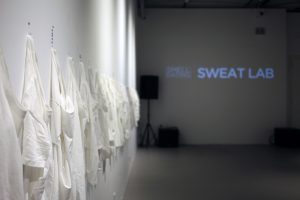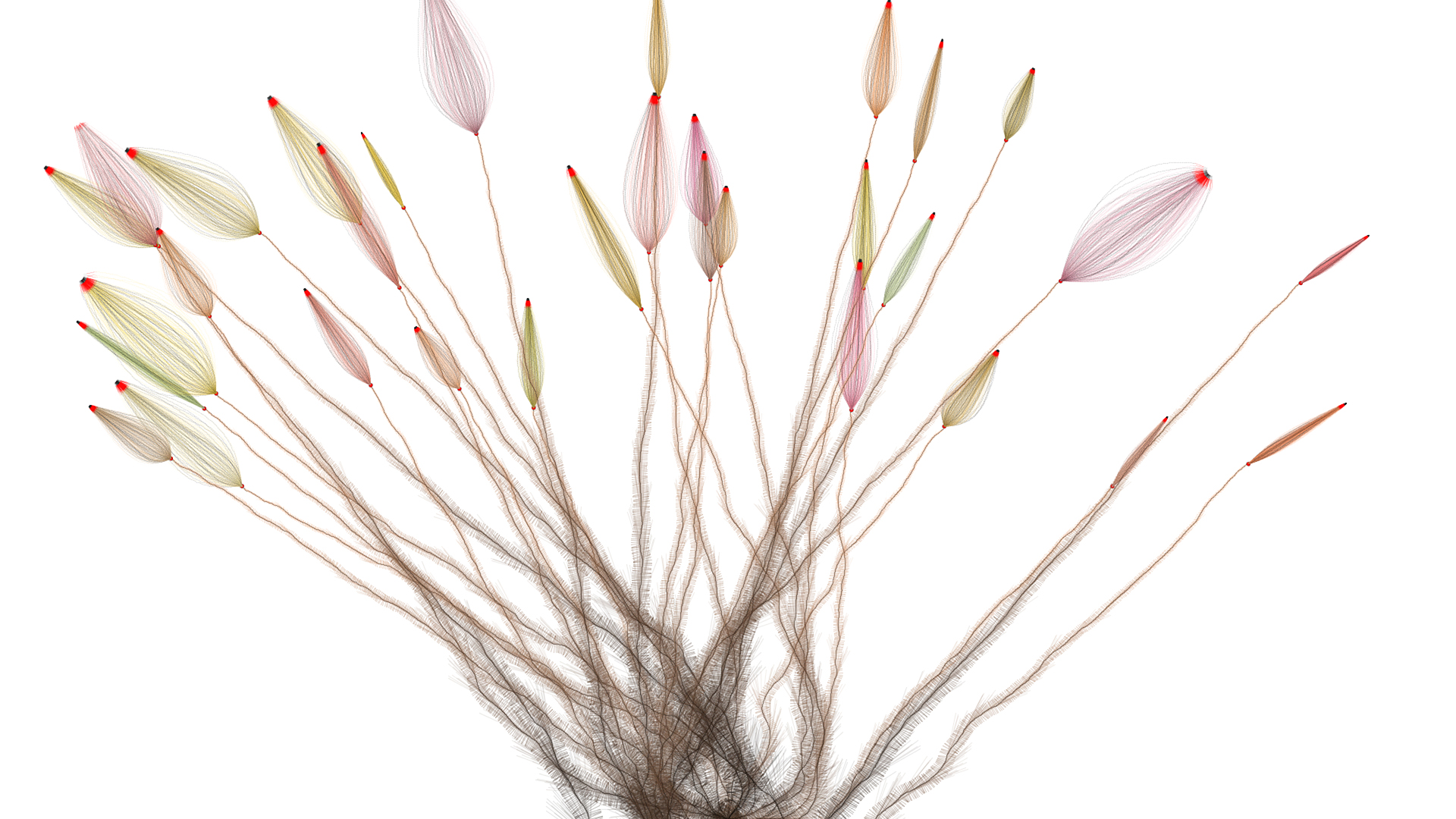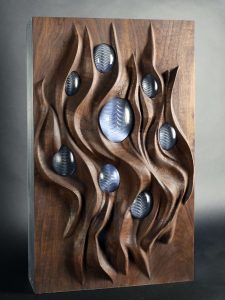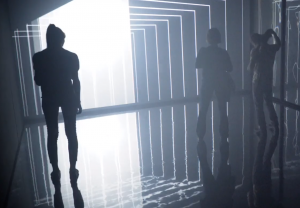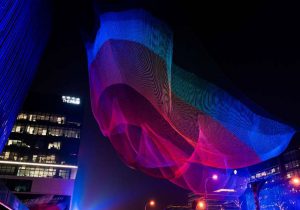http://www.tinafrank.net/webdesign/wirel/
For this looking outwards I decided to look into Tina Frank. Her body of work is largely data visualization projects, but for this looking outwards I will specifically talk about her online interactive data visualization piece called “The Changing Religious Landscape of Vienna”. This piece was sponsored by WIREL and made in 2013 as a collaboration with Ramon Bauer. Frank designed all the graphics and such for this project. The data was gathered on looking at religious diversity in Vienna and its changes over the years. The project also attempts to tackle age diversity, sex diversity, and more and combine them to properly examine how certain religious populations may be changing. The design interface is very user friendly, all the data can shift when moving your mouse around the interactive piece. The interface is also very easy to understand, and although based on Vienna–– this same technique could be applied with many other data sets and still be applicable. Tina Frank’s other work is graphic design and data viz, as well as some audiovisual art videos. 
![[OLD FALL 2018] 15-104 • Introduction to Computing for Creative Practice](https://courses.ideate.cmu.edu/15-104/f2018/wp-content/uploads/2020/08/stop-banner.png)
